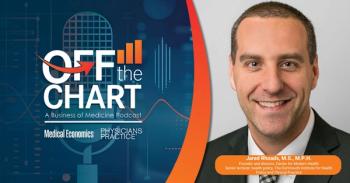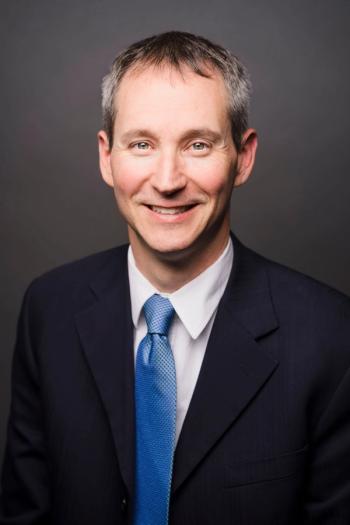
Charge! (Or Not)
To fee or not to fee?
I'm hearing from more office managers and physicians who have begun charging fees to patients who don't show up for appointments. Are you one of them?
It seems like a great way to improve compliance and control costs. Before you leap in, though, consider the bad experience of this group:
A primary-care practice that charged for no-shows for six months found that its no-show rate dropped slightly. The practice celebrated until the manager did some more digging. Only a few of the dozens of no-show charges were actually paid. Much worse, she tied the no-show charges to requests for chart transfers; many patients the practice charged were leaving the practice altogether. Horribly, all those patients were covered by the practice's best payers.
The bottom line? For a $20 no-show fee that the practice often didn't even collect, their best customers were going to the competition.
What does this mean for you?
Although I'm not opposed to charging for no-shows, and certainly understand the operational and financial havoc that no-shows cause, take these steps before extending your no-show charge policy:
- Identify who is - or would be - getting the no-show charge.
- Determine their insurance coverage.
- Pull their medical records to see if they've transferred their records to other providers or requested a copy of their records (another sign that they are leaving your practice).
- Evaluate their post-no-show charge activity with your practice. Did the patient have another encounter with your practice?
Unfortunately, it is often patients who are professionals and well insured that are no-showing, due to last-minute scheduling conflicts or a delay created by their busy work or family schedules.
I'm not trying to excuse their behavior, but to sock them with a $20 no-show charge - particularly if they waited three months to get in to see you, and there was a wait of two hours the last time they came to see you - just isn't patient friendly. I wouldn't totally blame them for not returning to your practice. And what do you get? Maybe $20.
On the other hand, if you discover that this phenomenon isn't happening in your practice and that charging for no-shows is indeed changing behavior, then go for it. First though:
- Make sure your patients know about your new policy.
- Give your patients a warning, instead of charging for the first violation.
- Get your own ship in order. If you're constantly running hours behind, address your own operational issues before you penalize your patients.
Charging a fee can reduce no-show rates, provided you do it correctly. But don't allow your efforts to solve one problem cause an even bigger one.
Elizabeth Woodcock, MBA, FACMPE, CPC, is a professional speaker and consultant with more than 15 years' experience specializing in practice management. She can be reached via
This article originally appeared in the January 2006 issue of Physicians Practice.
Newsletter
Optimize your practice with the Physicians Practice newsletter, offering management pearls, leadership tips, and business strategies tailored for practice administrators and physicians of any specialty.









